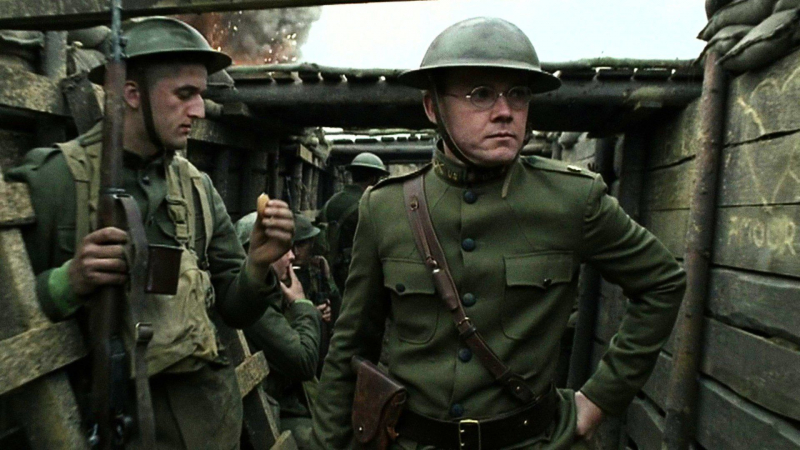The Lost Battalion
Speaking of American-German fights that were largely decided by the efforts of a single small force, on October 2, 1918, 700 soldiers from the 1st Battalion, 308th Infantry, commanded by Major Charles Whittlesley, launched an attack against the Germans in the Argonne Forest's Charlevaux Ravine. Those nine companies attained their goal as forces on either of their flanks halted (according to some accounts through a breakthrough, according to others because the Germans lured them in through an ordered withdrawal), but the 2nd Landwehr Division then cut them off. The battalion experienced virtually constant sniping, machine-gunning, and attacks during the course of the following five days.
The one spot where the isolated forces received assistance from the rest of the Allied army not only assisted the German Army, but they also endured multiple assaults from a considerably superior force. In an effort to relieve the battalion, the 152nd Field Artillery Brigade bombarded the region on October 4. However, due to inaccurate information, their shells overwhelmingly struck their fellow soldiers, killing 30 of them.
The Americans dispatched pigeons back to headquarters to request a halt to the shelling, but the German snipers shot them down because they were fully aware of this. The lone pigeon that made it through was wounded by a German bullet when it arrived. German assaults resumed after the bombardment ended, but despite running out of food and ammunition, they were still able to repel them. Additionally, the attempt to destroy the battalion managed to tie down the German forces long enough for the rest of the American advance to succeed. Only 200 or so people survived the combat still in good physical condition, yet they contributed significantly to the First World War's eventual finish a month later.












